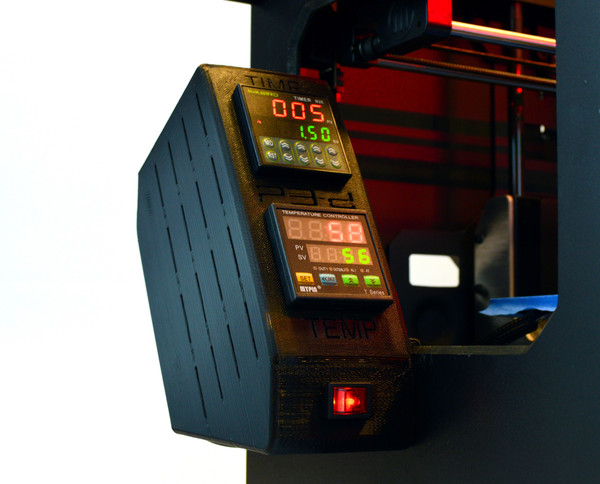
A third party upgrade could bring new life and abilities to the many Replicator 2’s across the globe.
One of the most popular and long-lived desktop 3D printers is the venerable MakerBot Replicator 2. While the machine is no longer offered by MakerBot, it was one of their most popular machines, mostly because of it’s high quality output and reliability at the time of its production. Thus, there are a lot of them in the world, and most are still operating well. We have one in our lab, and it’s actually printing something as we’re writing this post.
If there was one major complaint about the Replicator 2, it was that the machine was really only able to print in PLA plastic, mainly because it did not have a heated print surface. The print surface was an acrylic sheet that really doesn’t work for other materials, as other plastics would not stick to the plate or warp without heating.
Now there’s a solution for those still running a Replicator 2, the P3-d Heated Aluminum Build Plate upgrade.
This is a complete replacement for the factory acrylic bed, and as you might have guessed, it’s heated. While there have been such upgrade offered before, this one is more interesting as it doesn’t involve major surgery on your 3D printer.
Essentially the P3-d plate is a standalone unit that just happens to clip into the MakerBot’s build mechanicals. The power and controls are embedded in a separate enclosure. As you can see in the image at top, this enclosure includes a number of controls.
You will be able to set the bed temperature from the controls, but also set a timer to turn off the heat when the print is expected to complete.
As far as we can tell, the price you pay for simplicity is that the heated plate controls are entirely independent from the print operation. In other words, you cannot control the heated plate from your slicing software. But for many, this would be quite appropriate.
The new heated plate would permit a Replicator 2 to print a wider variety of plastic filaments, including ABS or even Nylon. It would even benefit PLA printing, as the small amount of warp with that plastic would be eliminated by merely raising the plate temperature to around 60C.
Can you buy this upgrade now? Actually, not quite yet. The folks at P3-d say they’re in the “final testing phases”. The company has not yet set a price, but they are looking for beta testers if anyone is interested.
Via P3-d

